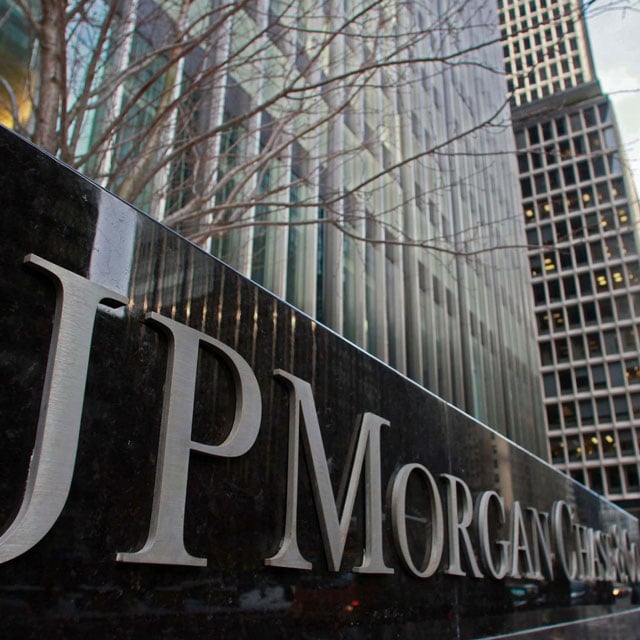Top 15 Cities for the Super-Wealthy
Related: 20 Cities With the Most Millionaires: 2022
Elon Musk, Jeff Bezos, Mark Zuckerberg, Roman Abramovich and Bill Gates belong to a compact cohort of the world's billionaires that is outnumbered nearly 10-to-1 by a fast-growing global elite of movers and shakers who boast $100 million or more in investable assets, according to a study of the world's 25,490 centi-millionaires released Tuesday by Henley & Partners, an investment migration consultancy. The ranks of super-rich tech titans, financiers, multinational CEOs and heirs have swelled during a period of relative global prosperity and market gains, more than doubling in number over the past 20 years, the study found. Their capital accumulation has been dramatically accelerated by the economically and socially disruptive effects of technology and the recent pandemic. Juerg Steffen, chief executive of Henley & Partners, said in a statement that the $100 million-plus band represents the best definition of what it means to be "super-wealthy" in today's world. "The centi-millionaire is someone so affluent that they don't need to think about how much they spend," Steffen said. "In fact, the level of wealth they have achieved means they are unlikely to ever worry about money again." Steffen noted that in the late 1990s, $30 million was considered the fortune needed to meet the super-wealthy definition. "However, asset prices have risen significantly since then, making $100 million the new benchmark."
Where They Live
The U.S. is home to 38% of global centi-millionaires (9,730), despite constituting only 4% of the world's total human population. The big emerging markets of China and India follow, with populations of 2,021 and 1,132. They rank significantly higher than the main European markets by this measure; the U.K. has 968 centi-millionaires and Germany 966. Rounding out the top 10 countries for centi-millionaires are Switzerland with 808 super-rich inhabitants, Japan with 765, Canada with 541, Australia with 463, and Russia with 435. South Africa is the top-ranked country on the African continent, at no. 27 with 92 resident centi-millionaires. According to Andrew Amoils, head of research at New World Wealth, centi-millionaires are arguably the most important and relevant top-end global wealth band at present. "In many emerging markets and smaller countries, there are relatively few billionaires, which makes the billionaire wealth band largely irrelevant," Amoils said. "However, many of these same countries have large numbers of centi-millionaires." Kenya, for example, has no billionaires, but it has 14 centi-millionaires. Malta has only two billionaires, but 26 centi-millionaires. "The centi-millionaire wealth band is therefore a far more accurate reflection of the 'super-wealthy' community in these countries," he said. Over the coming decade, Vietnam is forecast to be the fastest-growing market for centi-millionaires, with a 95% growth rate predicted for this emerging Asian manufacturing hub, with strong growth expected in the real estate, technology and financial services sectors. India is next in line with an anticipated 80% growth rate. Mauritius has recently emerged as a hot spot for migrating centi-millionaires, with growth of 75% predicted by 2032 for this safe, business-friendly African island nation. Three other countries on the continent — Rwanda, Uganda and Kenya — make it into the top league of fastest-growing centi-millionaire markets. New Zealand and Australia are also forecast to enjoy exceptional growth. See the gallery for the top 15 cities for centi-millionaires.
© Touchpoint Markets, All Rights Reserved. Request academic re-use from www.copyright.com. All other uses, submit a request to [email protected]. For more inforrmation visit Asset & Logo Licensing.
Featured Resources
View All
Sponsored by Axos Advisor Services
Integrated Banking Solutions: How To Enhance Client Services and Grow Your Business

Sponsored by Optifino
Three Macro Trends Impacting Long-Term Care: Trends, Solutions & Client Conversations

Sponsored by Vanilla
The Missing Piece: Why Advisors Who Skip Estate Planning are Failing Their Clients







